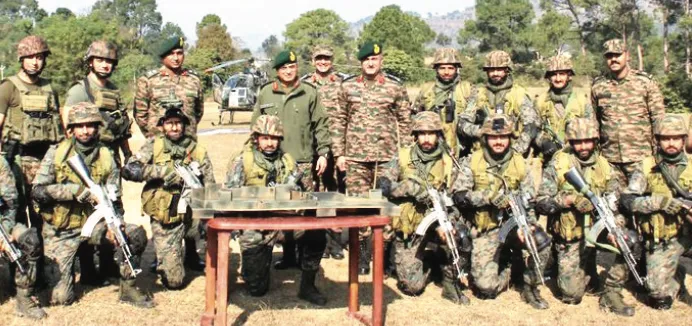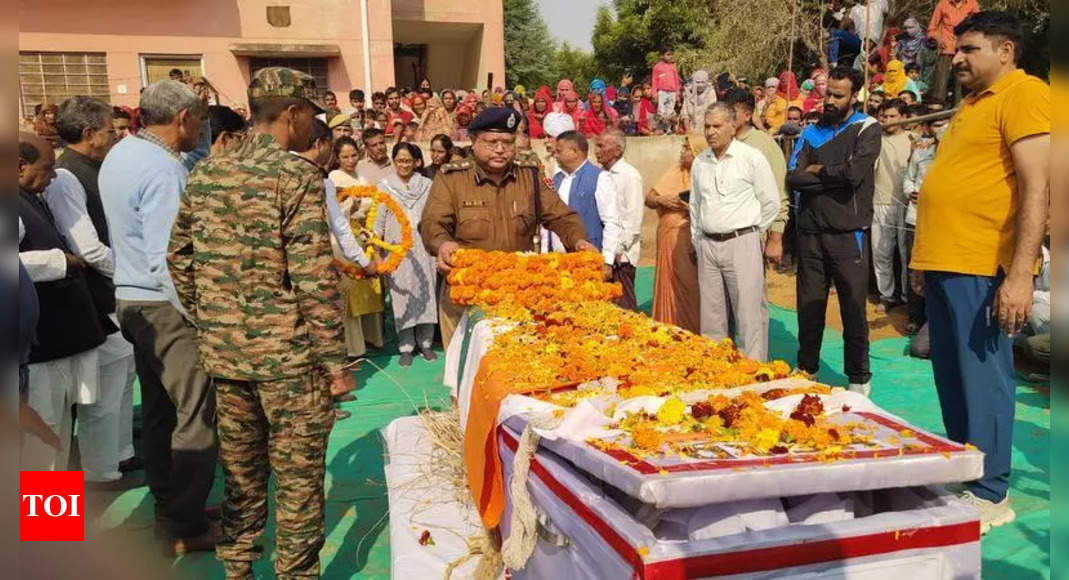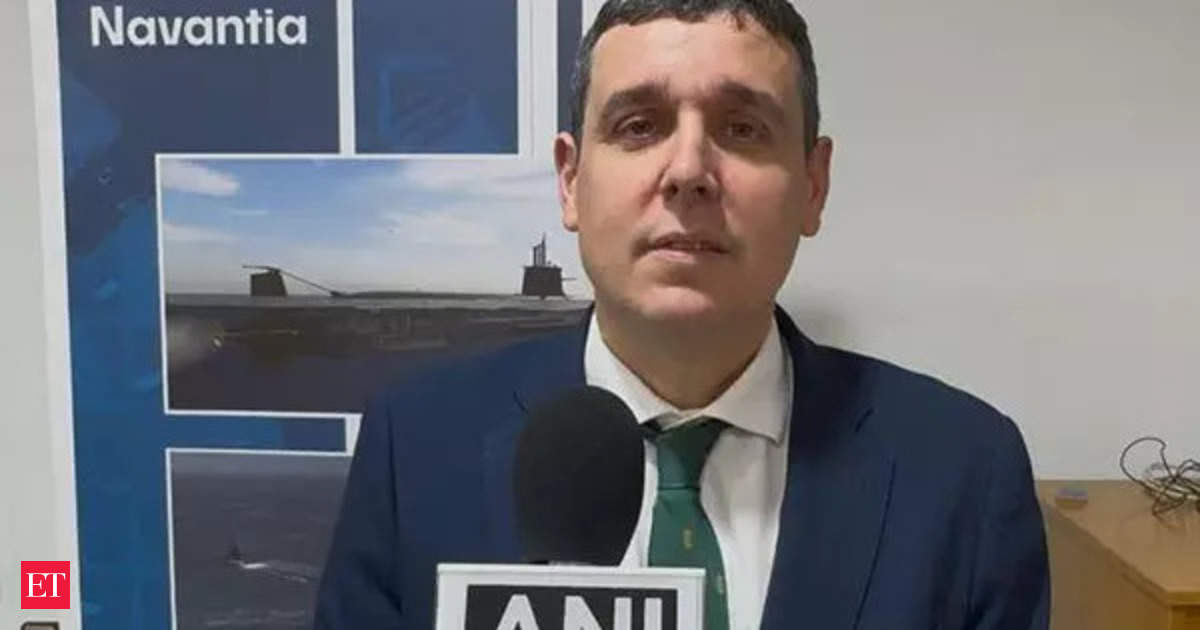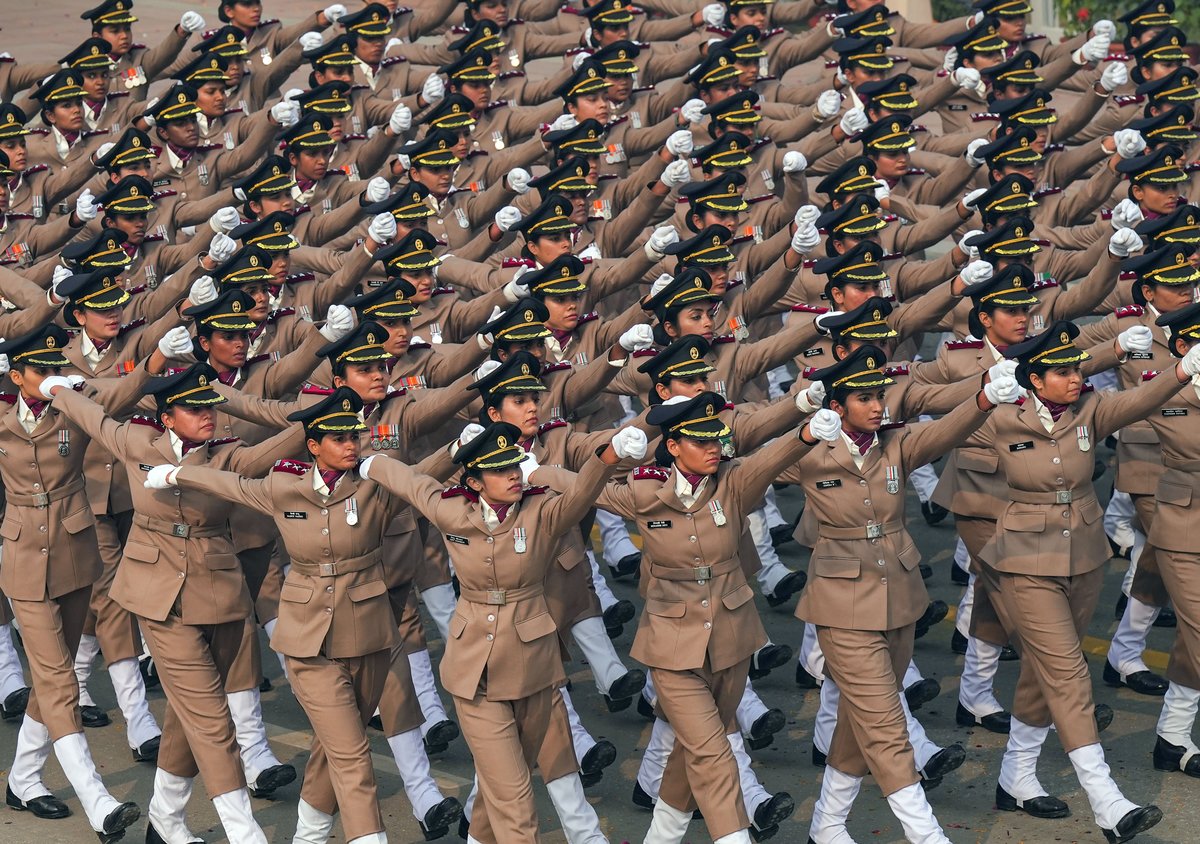GOC White Knight Corps Reviews Security and Troops Along LoC in Sunderbani Sector
In a significant engagement aimed at reinforcing the morale of frontline troops, Lt Gen Naveen Sachdeva, the General Officer Commanding…
Large Crowds Honor Army Havildar Vinod Singh Shekhawat with Final Rites in Jaipur
In a deeply moving event that resonated throughout the community, hundreds gathered in Kajra village in Jhunjhunu district to pay…
Indian Navy Showcases Amphibious Warfare Capabilities Ahead of Navy Day Celebrations in Kochi
Kochi: In a dramatic display of military might, the Indian Navy showcased its amphibious warfare capabilities with the tank landing…
Larsen & Toubro and Navantia Showcase Advanced AIP System for Indian Navy Submarines
In a significant development concerning India’s naval capabilities, Larsen and Toubro (L&T) and its Spanish partner Navantia have showcased the…
European Defense Leaders Urge Continued Support for Ukraine Amid Uncertainty with Incoming Trump Administration
Top defense officials from Europe’s largest military spenders gathered recently in Berlin, underscoring their commitment to the international Ukraine Defense…
Report Calls for Comprehensive Gender Policies and Enhanced Training for Women Officers in Indian Army
Recent findings from a detailed study highlight that current challenges faced by women officers in the Indian Army only scratch…






